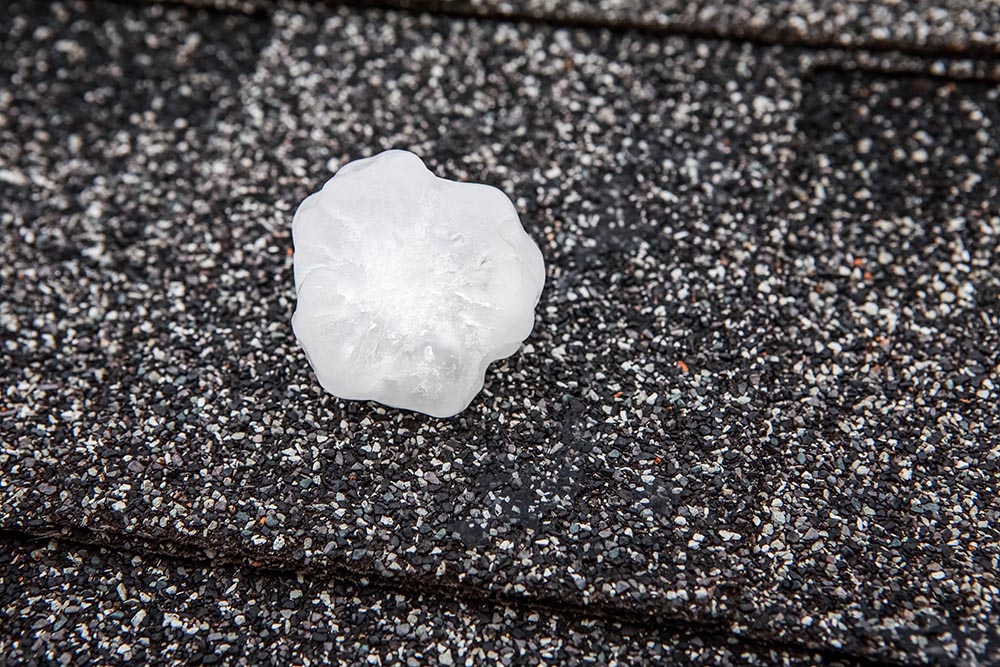When you live in an area that regularly experiences severe storms, you need to make sure that your roof is as protected as possible. Hail and wind damage to your roof can lead to a host of other issues within your home, such leaks and mold — both of which can be a costly headache to deal with. One of the best ways to protect your home against hail and wind damage is to outfit your roof with impact-resistant shingles. They are specifically designed to withstand strong winds and heavy hail without sustaining significant damage, leaving your roof intact and your home safe from the elements.
However, shingles that are impact-resistant can be significantly more expensive than regular roofing material, so they may not always be worth it for every homeowner.
To help you decide whether these shingles are a worthwhile way to protect your home from hail and heavy winds, take a look at this quick and easy guide.
What Does It Mean for Shingles to Be Impact Resistant?
It’s a pretty self-explanatory term, but what exactly goes into making something impact resistant? Shingles that are impact-resistant are often made from a combination of relatively light, yet resilient materials, such as plastic, resin, copper, or aluminum. In order for them to be labeled as impact resistant, they must endure rigorous impact-resistance testing. These tests are done by dropping steel balls of various sizes from different heights onto the shingles, imitating the impact of hailstones. Impact resistance is rated in classes, with Class 1 being the lowest and Class 4 being the highest. When your impact-resistant shingles are rated as Class 4, it means that they are almost impervious to damage related to hail and strong winds.What is the Cost Difference?
If these shingles had the same cost as standard shingles, it would be a no-brainer to decide which roofing material to pick for your home. Unfortunately, it’s significantly more expensive to produce shingles that won’t crack or break in a severe storm, which means that you’ll pay a premium in order to outfit your roof with these shingles. Regular asphalt shingles are about 10% to 25% cheaper than Class 4 impact-resistant shingles. However, if you consider the money that you’ll be saving on maintenance for your roof, along with potential repairs to the rest of your home, they may ultimately wind up paying for themselves.Are Impact-Resistant Shingles Worth It?
You know how they’re made, what they do, and how much they cost when compared to standard shingles, but the question still remains: Is it worth it to buy shingles that are impact-resistant for your home? The answer to this question is going to depend on your specific needs. If you live in an area that experiences severe storms often, the price difference may wind up being minuscule compared to what you’ll save on roof repairs. On the other hand, if your area only experiences occasional storms, impact-resistant roofing may be an unnecessary expense that you can safely avoid.Want to learn more about your Kansas City home's roof?
Our "Roofing Guide for Kansas City Homeowners" is a great place to start

